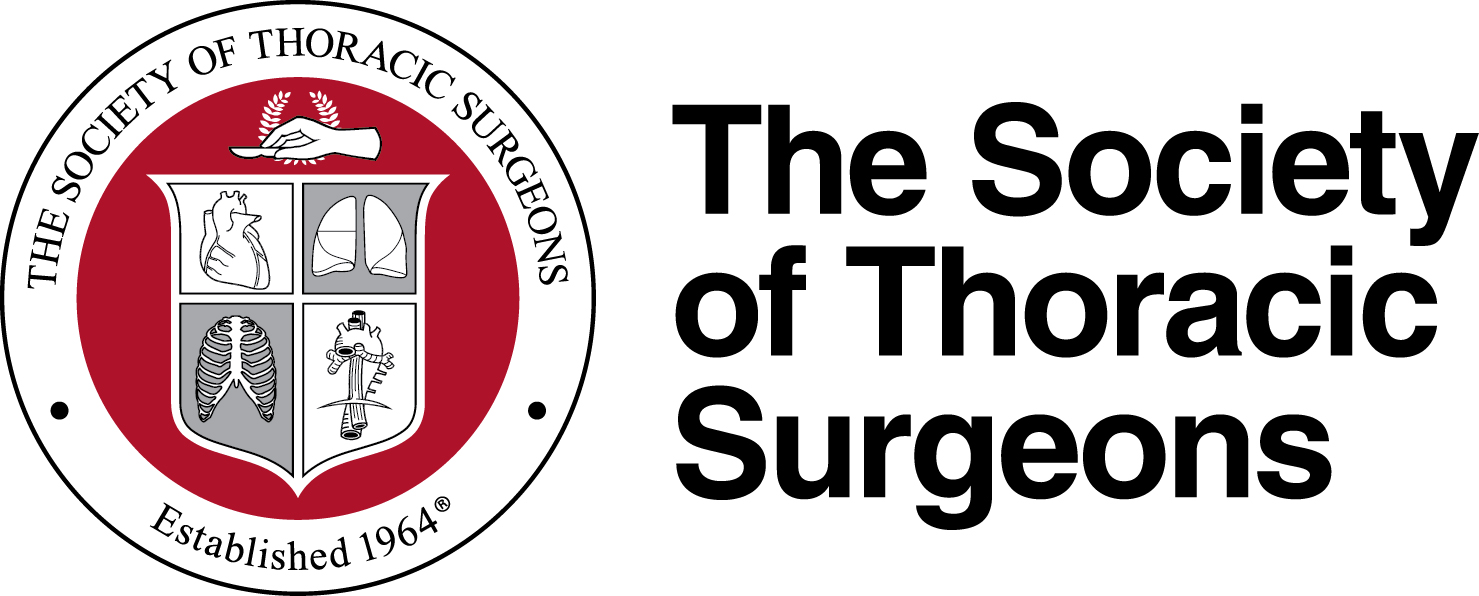‘Failure to Rescue’ rate may help explain variation in mortality rates between hospitals
Newswise — Chicago – Hospitals with low rates of patient mortality appear better able to rescue patients from complications following cardiac surgery, according to a study published in the June 2013 issue of The Annals of Thoracic Surgery.
Researchers, led by Haritha G. Reddy from the University of Michigan, analyzed “failure to rescue” (FTR; the probability of death following a complication) data for 45,904 adult patients who underwent cardiac surgery at one of 33 surgical programs in Michigan between 2006 and 2010.
The authors examined whether variations in surgical mortality were due to differences in the incidence of complications or differences in the success of managing complications once they occur (i.e., FTR).
Each center was rated according to its observed-to-expected mortality rate and then categorized into one of three equal groups: low-mortality, medium-mortality, or high-mortality. The authors then compared rates of complications and FTR.
“Using the Michigan Society of Thoracic and Cardiovascular Surgeons data warehouse, which utilizes the STS Adult Cardiac Surgery Database, we were able to look at how our 33 hospitals handled similar patient complications and FTR occurrences,” said Richard L. Prager, MD, the study’s senior author. “This study allowed us to recognize differences in approaches and care and facilitate learning or site-specific opportunities for patient care improvement.”
Overall, the unadjusted mortality rate among patients in the study population was 2.6%, ranging from 1.5% among hospitals in the low-mortality group to 3.6% among those in the high-mortality group.
The authors found that although the complication rates varied among the groups, the differences were not clinically significant; however, they found that the FTR rate was markedly elevated in hospitals with higher overall mortality. Patients treated at high-mortality hospitals were more than two times as likely to die after developing a complication than patients treated at low-mortality hospitals (13.5% for the high-mortality group, 10.4% for the medium-mortality group, and 6.6% for the low-mortality group).
Opportunity to Share Evidence-base Data to Improve Patient CareHospitals categorized as “low mortality” showed a superior ability to rescue patients from complications following cardiac surgery procedures, suggesting that the variation in mortality rates among hospitals is largely attributable to differences in managing complications. Low mortality hospitals appear better able to recognize and treat life-threatening complications.
“All institutions caring for complex patients desire the finest outcomes. Sharing approaches, concepts, staffing models, and algorithms or pathways can help us all improve,” added Dr. Prager. “This study shows that reviewing patients’ surgical outcomes using a collaborative multi-hospital approach can provide an ideal opportunity to review processes that anticipate and manage complications in the intensive care unit and help institutions recognize and share ‘differentiators’ in care.”
###
For a copy of the study, contact Cassie Brasseur at 312-202-5865 or [email protected].
Founded in 1964, The Society of Thoracic Surgeons is a not-for-profit organization representing more than 6,600 cardiothoracic surgeons, researchers, and allied health care professionals worldwide who are dedicated to ensuring the best possible outcomes for surgeries of the heart, lung, and esophagus, as well as other surgical procedures within the chest. The Society’s mission is to enhance the ability of cardiothoracic surgeons to provide the highest quality patient care through education, research and advocacy.
The Annals of Thoracic Surgery is the official journal of STS and the Southern Thoracic Surgical Association.
MEDIA CONTACT
Register for reporter access to contact detailsCITATIONS
Ann Thorac Surg 2013;95:1976–81)
